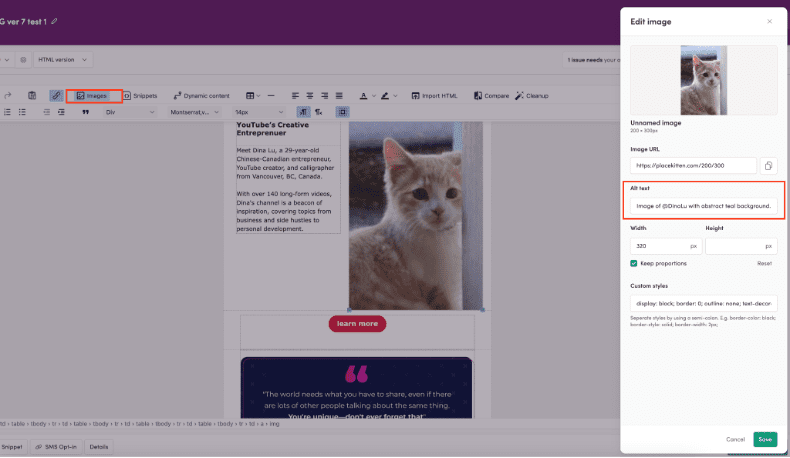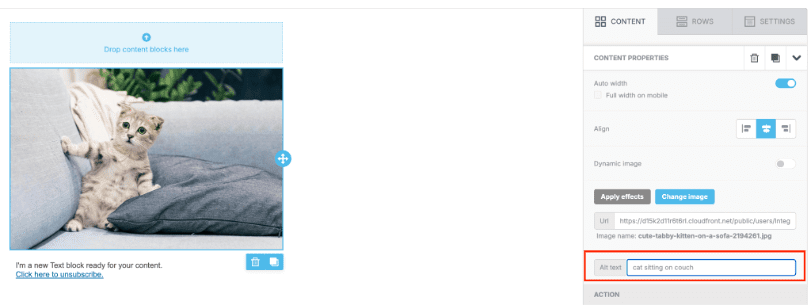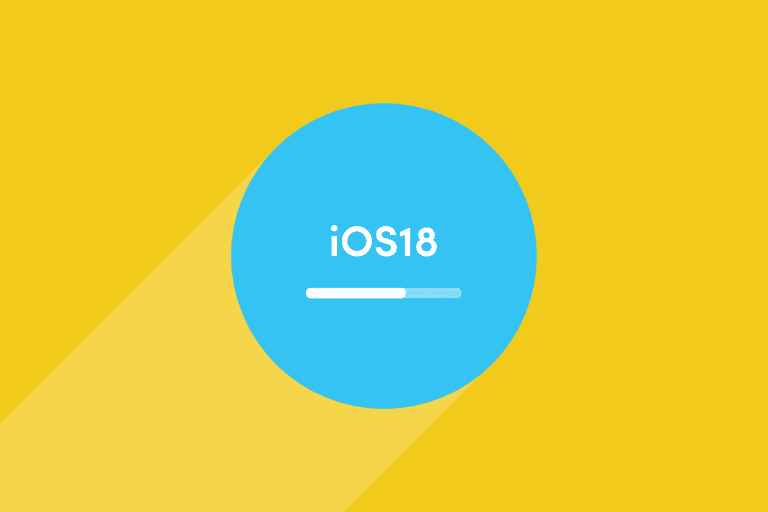Apple’s iOS 18 is now available for iPhone users, and it is full of exciting changes, including the biggest redesign ever to the photo gallery and the ability to schedule messages to send later.
iOS 18’s overall themes involve more personalization options, organizational tools, and a strong focus on AI-led Apple Intelligence. This release is especially important for Iterable customers because it includes some significant updates for Apple Mail users.
While this blog post won’t cover all the goodies Apple has packed into this release, we will focus on the changes introduced to Apple Mail and how that could impact your email sends through Iterable.
iOS 18’s Impact at Iterable
The past few Apple releases were heavily geared toward security patches and updates to various other applications. There hasn’t been a significant change impacting email since iOS 16, which focused on enhancements to the user experience in Mail with additions like scheduling messages, follow-up reminders, and more.
However, iOS 18 is different. In this release, there are direct changes that impact how mail is seen and consumed.
With iOS 18, Apple has introduced several major updates to their Mail app.
1. Priority Messages
Important messages will be surfaced at the top of the inbox. Apple categorizes important messages largely based on time-sensitive topics like flights, transportation, meeting invites, and more.
2. Thread and Preview Summaries
Gone are the days when you had to sift through a mail thread with many reply emails attached. Apple Intelligence has solved this problem by generating summaries in the email preview pane and at the top of an email thread to help the reader quickly review content.
3. Smart Reply
Apple has introduced a quick way to reply to a message with auto-suggested smart replies. It will be interesting to understand what types of options Apple will suggest. At this time, there is little insight into some very valid concerns around suggesting unsubscribes and more. This is an area as a marketer to definitely keep your eyes on.
More Changes on the Horizon
While significant changes were introduced to Mail in iOS 18, there are more to come. Here’s a sneak peek at two additional changes that Apple plans to introduce later this year that will impact email. We’re providing you with these insights so that you can start to consider how they may impact the content you send and any changes you may need to make to get ahead of the curve.
1. Categorization
This is a biggie. Apple will be rolling out on-device categorization for Apple Mail users on mobile. This feature was expected as part of the iOS 18 release but has been delayed to later this year. Categories aren’t new per se since they have already existed for desktop users for a long time, but now they’re being brought into the mobile app.
According to Apple’s iOS 18 announcement, Mail will automatically be sorted into various categories:
- Primary for most essential and time-sensitive emails
- Transactions for receipts and order confirmations
- Promotions for marketing and sales messages
- Updates for newsletters and “everything else”
The biggest impact to consider would be where your messages show up and whether they fall under the right categorization. In this case, clearly defined content and subject lines become increasingly important.
If you have not already, we recommend trying out Iterable’s Copy Assist feature to ensure you have a strong, accurate subject line.
2. Messages Grouped for Scanning
Additionally, Apple will roll out a feature later this year that will allow a consumer to view snippets of messages, like receipts, marketing emails, and newsletters, grouped by sender. More information about how this feature will operate is yet to come.
Our Advice for Email Marketers
As a marketer, you may feel nervous about how these new changes will affect your campaigns. Will my message be categorized correctly? What if the AI-generated summary misrepresents my content? Will the quick reply recommendations cause more unsubscribes?
While these are all valid concerns, let us ease your mind by providing three best practices to ensure minimal impact on your campaigns’ performance.
1. Don’t skip the preheader
We all know by now the role of the preheader can significantly impact your email open rates. The preheader allows for a glance into what content is included in the message and influences whether or not the consumer will open your message.
With the latest iOS 18 updates leveraging AI, it is more important than ever to ensure your preheader offers a concise one-sentence summary of your content. Don’t miss this opportunity to captivate your audience from the start. Not providing a preheader leads to mail applications having to draw from the first thing in your message, which oftentimes is an image (more on this in a moment).
2. Make sure all images in your message have alt text
When looking at an email as a consumer, you often see beautiful images of products, services, and people. However, the story behind the scenes is a bit different. From a code perspective, images are nothing more than ugly code with likely an href pointing to an image.
This is important because that is what AI sees and consumes. It does not see that beautiful consumer-facing image unless you explicitly call out, through alt text, what that image is.
With iOS 18 leveraging Apple Intelligence to generate summaries of the email content, it is critical that our emails are super detailed and that no area is left up to AI interpretation. This includes the preheader discussed above and making sure every image in your content has alt text telling AI exactly what the image is.
There are three ways to add alt text into your emails using Iterable.
How to add alt text in the WYSIWYG editor
From the WYSIWYG editor in Iterable, when an image is inserted, clicking on the image icon in the toolbar opens a menu with options. Within this menu, you will see the field Alt Text. Populate this field with the image description.


How to add alt text in the drag-and-drop editor
After adding an image to the drag-and-drop editor, clicking on the image presents a menu with options. Within this menu, you will see the field Alt Text. Make sure this field is populated with an accurate description of your image and not left blank.


How to add alt text using HTML
If you are coding your email using HTML, ensure you add a line specific to the image’s alt text description.


3. Practice Personalization and Segmentation
Last but certainly not least, we highly recommend personalizing your messages to your recipients. We all know as consumers, when a message is tailored specifically to us, it’s much more pleasant and enticing to open and actually read. With the new updates in iOS 18, Apple is making it hard for mass emails that lack personalization to surface up to the top of the inbox.
We recommend using segmentation to ensure you are sending to the most relevant audience. In addition, making the content personalized will go a long way. In Iterable, you can do this in many ways, such as leveraging handlebars with Catalog, where recipients are presented with content based on their preferences.
In Summary
There are some very exciting features packed within the recent iOS 18 update. When it comes to email, Apple acknowledges that we are all busy and live in a world of over-notification.
These updates attempt to solve this problem by giving customers organizational tools and curating relevant content for quick consumption and replies. These changes are all in good faith and encourage us in email marketing to continue creating high-quality, personalized experiences that will resonate with our audiences.
Want to learn more about how to navigate iOS 18 with Iterable? Contact us today for a 1-on-1 consultation.





























